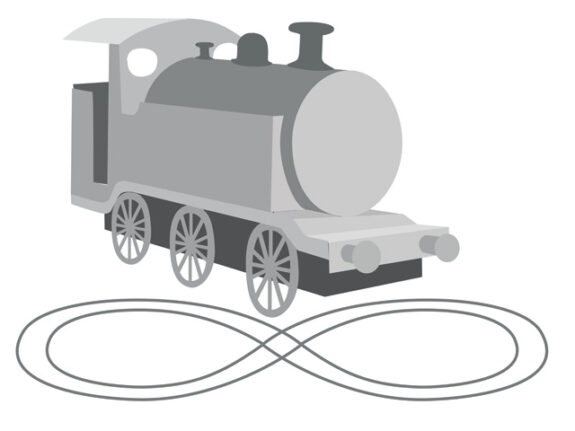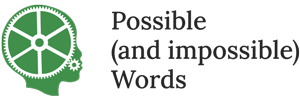
Infinite creativity
In two senses, in the sense of poetry and in the sense of ‘discrete infinity’
Language is creative in two senses, in the sense of poetry, of plays on words and in the sense of what is known as ‘discrete infinity‘ by what is known as ‘recursion’. Children’s language is creative in both senses. Both can be problematic for some children. In helping children with impaired speech and language, it is useful to bring both of these two sorts of creativity together.
A functionality with potential
Viewed as a functionality, language is clearly not a behaviour, but a potential. This potential is realised as a child becomes able to understand that the old song about swallowing a fly could go on forever.
Exploiting this potential, the child can say things which have never been said before in the entire course of human history, and yet be understood. As David Adger (2019) points out, this happens far more often and much earlier in children’s lives than we commonly realise.
Embedding and recursion
At first the child’s grammar does not exploit this recursive potential, generating only simple sentences like “Daddy fell down”. But at a given (early) point in the child’s process of language acquisition, by the proposal here, the normally developing three year old’s grammar is capable of generating multiple embeddings.
As the child grows, a complete failure of embedding points to a significant problem with the grammar,

